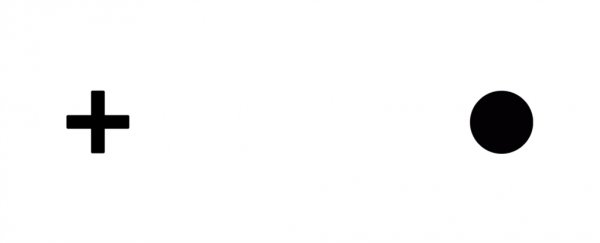Our eyesight is a wonderful sense that helps us process the world around us - except it's not always as accurate as you might believe.
Studies have shown that when it comes to our peripheral vision, our brains tend to 'fill in the gaps', and make assumptions based on what they think we should see, rather than what's actually there.
Case in point, the episode of AsapSCIENCE below, which explores the biological reason this dot disappears when you follow the instructions in the video. (Note: you might have to move your head pretty far away from the screen and do a little tilting to get this first trick to work).

Weird, huh? So what's going on here? That first trick reveals the precise location of your right eye's blindspot.
We see things because of photoreceptor cells in our retinas transforming light into electrical signals that are sent to our brains. But at one particular point where nerves and blood vessels connect to our eyes, those cells are missing.
So, if the light bouncing off an image hits your retina at that one particular spot, your brain will simply fill in the gap and use past experience or just a good old assumption to figure out what it sees there. Which in the case of the first trick is nothing at all.
But in the second trick, AsapSCIENCE puts a line through the cross and the dot, and your brain suddenly starts seeing the line as continuous, while ignoring the dot altogether.
That might sound lazy on behalf of our eyesight, but our eyes and brains have evolved to see as much as we can in as little time as possible.
That means our vision has to make assumptions based on learning, memory, and expectation. And it's an adaptation that's served us well over the millennia.
The fact that we have rapid information processing and can make speedy decisions without having to take in every single bit of visual data available to us gives us better reflexes, and made our ancestors more likely to survive predators.
It also means we can play some really cool tricks on our eyes, too, just like the ones in the AsapSCIENCE video above.
Check it out to make a blue halo disappear and stop coloured circles from flashing. Not to mention the fact that pretty much all of us are oblivious to even the most obvious of typos.
If you like that, check out some more mind-bending, science-backed optical illusions below:




